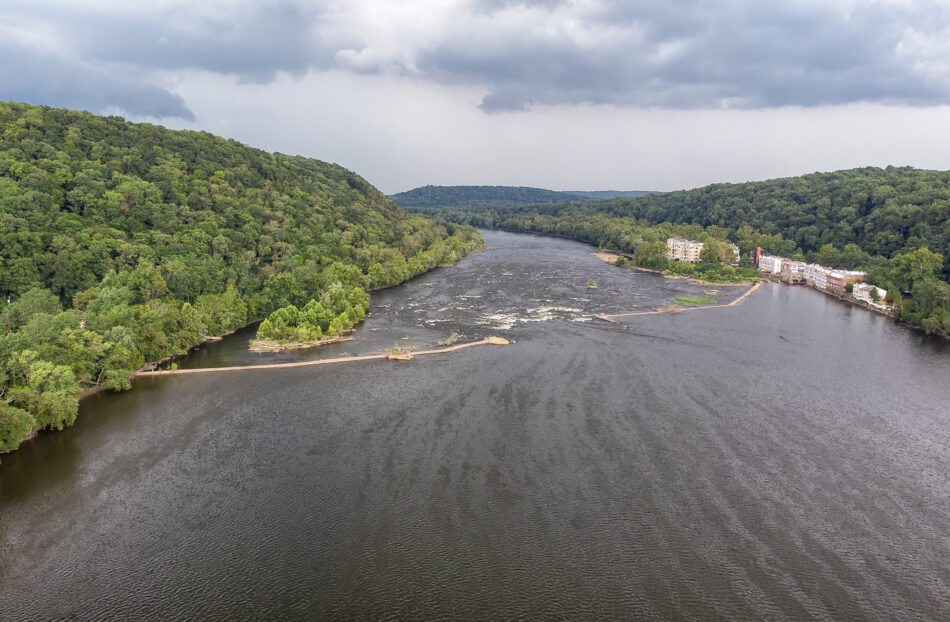
As the Trump administration dismantles federal agencies dedicated to monitoring and mitigating the effects of climate change, local environmental organizations are feeling the effects.
The Alliance for Watershed Education of the Delaware River (AWEDR) organizes community engagement workshops with wildlife services in and around the greater Philadelphia area. AWEDR has twenty environmental centers and works to ensure that the communities along the Delaware River—which spans 330 miles down the east coast—have access to a safe and clean environment. The Alliance has centers through Pennsylvania, Delaware and New Jersey.
Philadelphia Neighborhoods spoke with Jamē McCray, the Managing Director of the AWEDR, who oversees the organization. She spoke about the importance of environmental education, and the risks being faced by the organization amidst the Trump administration’s layoffs of federal workers and cuts to federal funding.
PN: To get started, tell me what the alliance for watershed education does in your own words and what do you do?
McCray: “I am the managing director for the Alliance for Watershed Education, very fondly known as AWE. We are a collations of 20 environmental education centers in the Delaware watershed from the Poconos down to Wilmington. It’s a group where we benefit from the shared knowledge of resources and mutual support from the members of the environmental centers. We do things like host workshops, like trauma-informed learning, we have done projects with the urban standards of excellence from the fish and wildlife service.”
PN: We know on a Federal level the Trump administration has been slashing environmental protections and regulations, what does this mean for the climate and our planet?
McCray: “Some impacts are unknown, because there are so many variables. Thankfully, the three states the alliances are, have strong state level protection, so those are mitigating factors, but there is going to be some impact. There have been a lot of layoffs of federal workers; we have seen that at some of our centers; we have also been impacted with stop orders and holds on federal grants. We were about to have a training course on community engagement, we had to stop that, and we didn’t know when we were going to be able to move forward and spend that grant money, going in and engaging in the community that we already made a commitment to. Not necessarily for the alliance but a on a larger scale, are people going to be out there monitoring our air our land our water, with that reduction in workforce?”
PN: As federal funds get cut to organizations like yours, break down for us how AWEDR gets its funding. How much of it is private vs public?
McCray: “The majority of our operational budget does come from private foundations; however, that funding is currently coming to an end; we are not currently funded by a state level program. What the future of the alliance is, is very murky, so if we are not able to find any additional funding we will be closing around this time in 2026. The pullback of federal support to education science and community engagement has really sent ripples throughout the entire funding landscape. The pockets of opportunity are now full of applicants and the competition can now feel fiercer. The whole landscape is now in a time of change.”


Be the first to comment